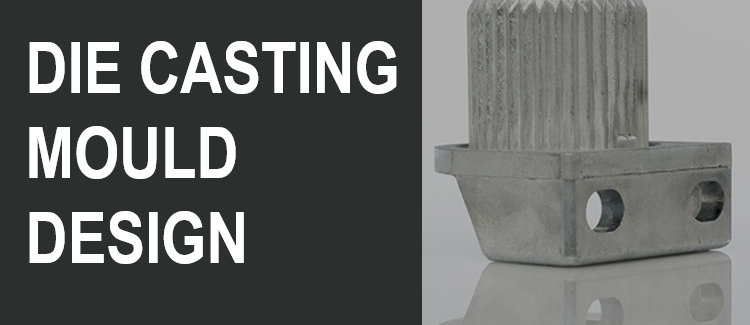As winner of numerous international awards, Bruschi Spa is known for its innovative approach in design and technology. We are glad to share our insights and experiences with the industry members.
Die casting mould design – how to avoid cold laps
The concept of die casting mould design concerns the design of the mould but in general it defines the entire process of die casting. It’s a phase of the product industrialization that has clear characteristics to avoid many defects: for example cold laps.
In this article we are going to explain how to avoid cold laps with the optimization of the die casting mould design, and in particular:
- How the cold laps are produced
- How to proceed to avoid cold laps defect in die casting mould design and the production process
MOULD DESIGN IN DIE CASTING
Cold laps are non-correct conjunctions of two or more flows in the mould that lead to a non-correct union of the injected material. This criticality is like a crest crack rounded both side. It causes quality problems both on the aesthetic side and on lower mechanic resistance in functional components. In particular, cold laps are like carvings for mechanical products under fatigue loading: when the casting is stimulated periodically, these defects can develop cracks and cause fractures.
For all those reasons it is important to face the problem with the right tools and activities, and to solve them starting from the mould design study and optimization phase.
Cold laps are caused by the union of cold materials. To explain this phenomenon it is necessary to look at the first phase where it’s produced: the injection of the material.
How the cold laps are produced
During the injection of the molten metal into the mould the material has a higher temperature than the liquidus limit: the mould is colder than the molten metal already injected, so the temperature exchange causes a sudden cooling down of the injected metal.
During its loss of heat the fluid needs to split in different flows which are caused by the morphology of the product. Depending on the product details, different mass flows can be created inside the cavity. These mass flows, cooling down during their ways, start a first solidification: the crystallization of elements that are more exposed to the decrease of temperature. This cause an increase of viscosity, that is the first step of solidification of flows. These flows are going to be reunited in the cavity inside and, if their temperature is under the liquidus limit, they mix together at a low temperature. However, with the crystallization phase in progress, the flows are not welding at their best so they create cracks which are called cold laps.
How to proceed to avoid cold laps defect
To solve this issue it is necessary to focus on die casting mould design and on the production cycle to reduce or eliminate the cold laps.
Die casting mould design
During the mould design phase it is possible to avoid the most common defects in hpdc, which include the creation of cold laps. The procedure is made of 3 main parts: avoiding the creation of more than one flow of filling, reducing the temperature exchange and creating overflow to pour out the colder material from the casting.
Avoiding the creation of more than one flows of filling
In mould design, depending on the components you want to produce, it is necessary to work on gates, and on the shape of the product, to avoid the creation of more than one masses material inside the mould.
Reducing the temperature exchange
To reduce the temperature exchange between the different elements involved in the die casting process, it is possible to increase filling velocity, decrease the surface of temperature exchange and work on the mould thermal conditioning.
Creating overflow to pour out the colder material
During the project phase it is possible to focus on overflows in the most critical areas. A solution could be to pour the cold material out of the rough part among the overflow.
The production process
To avoid the creation of cold laps it is also possible to work on the temperature variable during the production phase. That is the first cause of cold laps creation, therefore it is important to work on the temperature of the elements involved, so the temperature of the flows used for the conditioning or on the injected metal can be changed, increasing the melting furnace one.
Optimizing the die casting mould design means to create the perfect project to avoid cold laps, and other major defects in production and mould maintenance.
Bruschi engineers are available to support your designer’s inventiveness and to develop innovative and creative solutions together.


